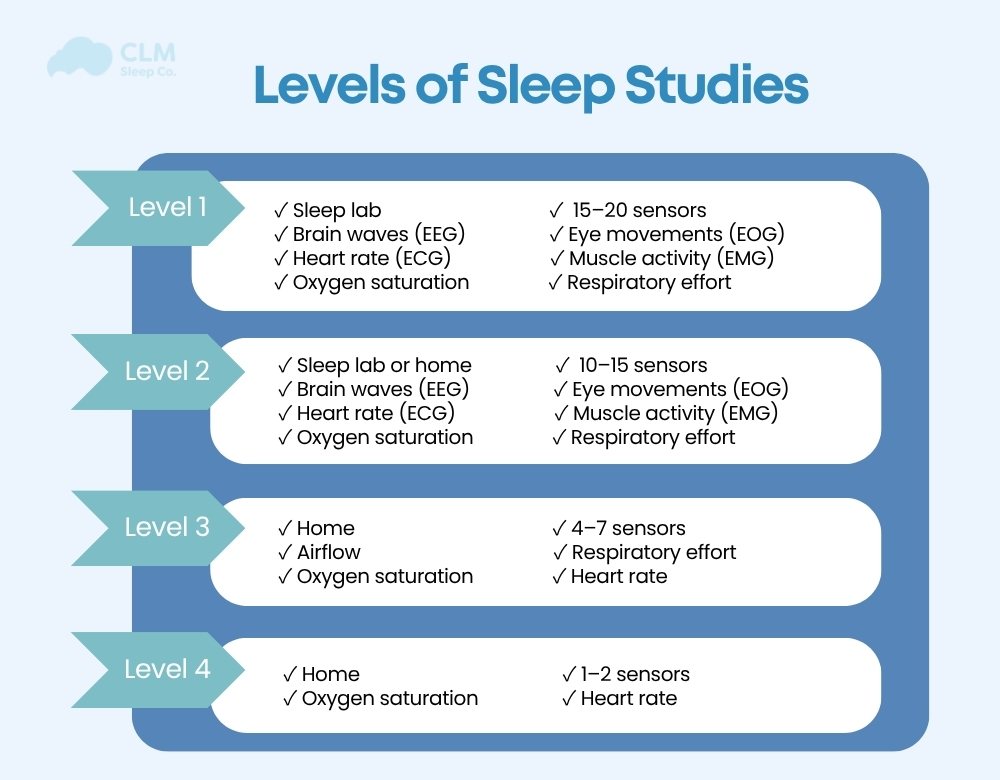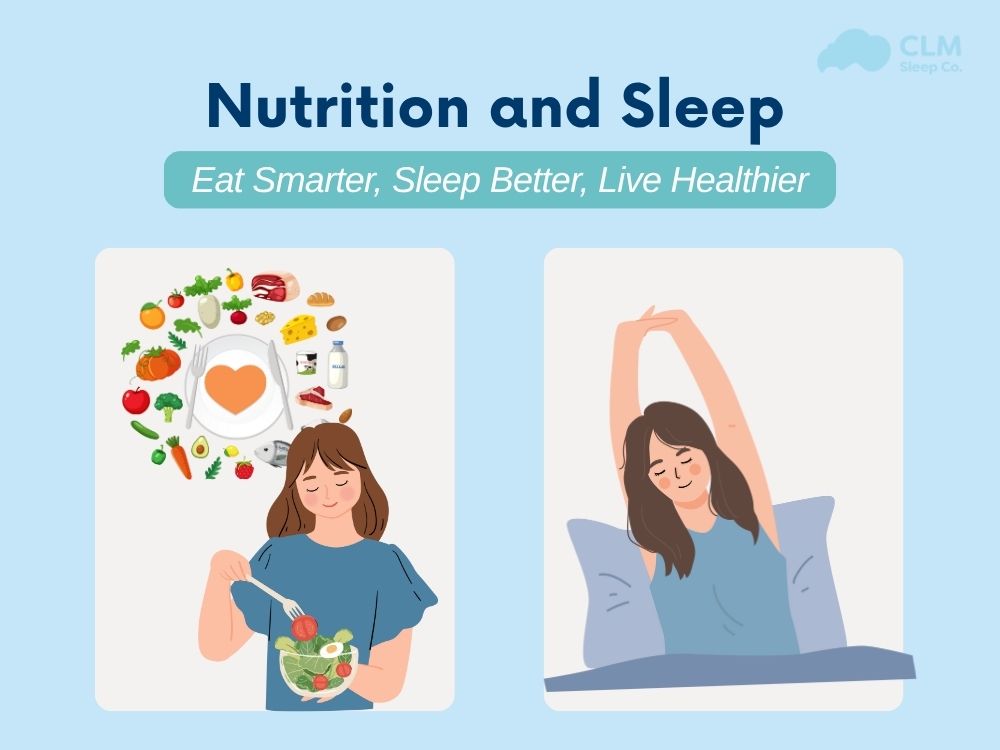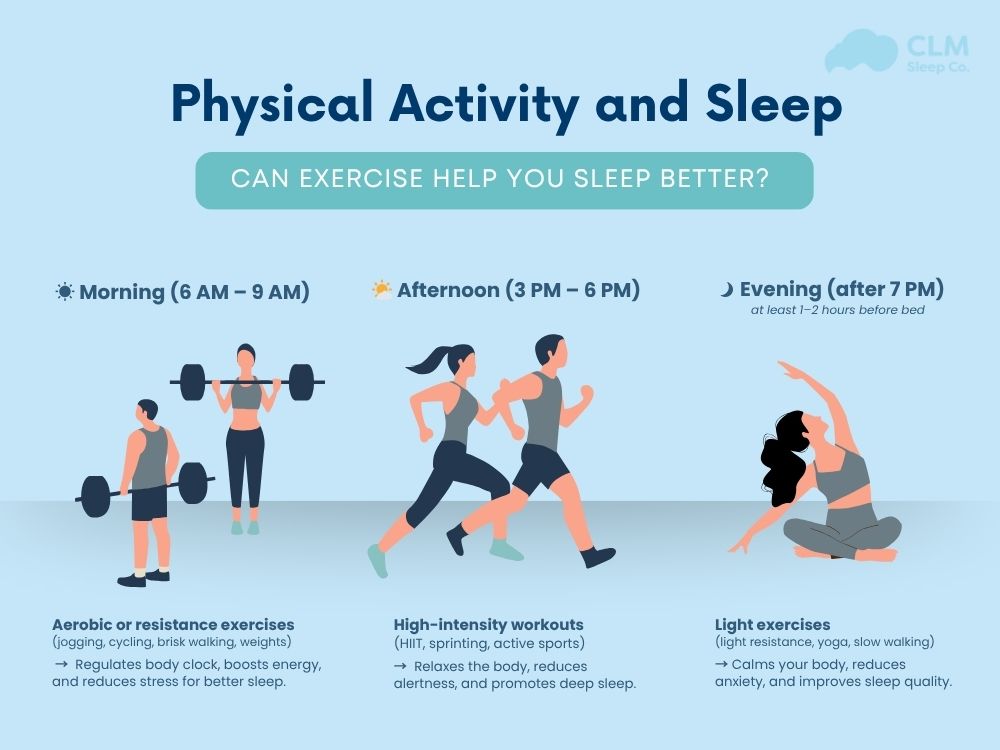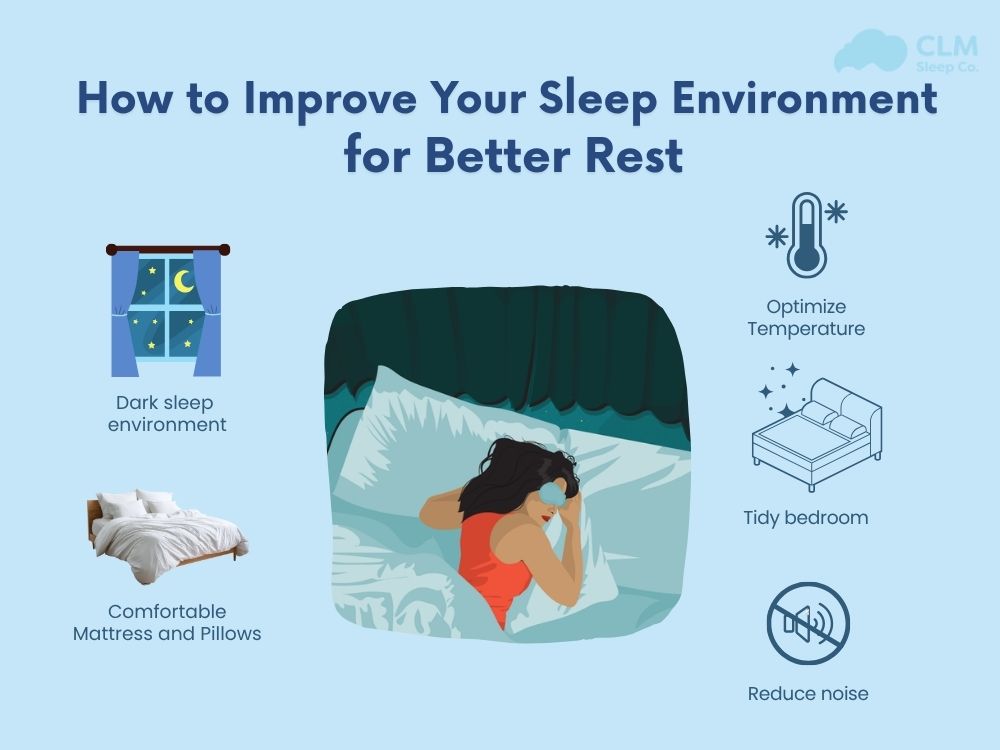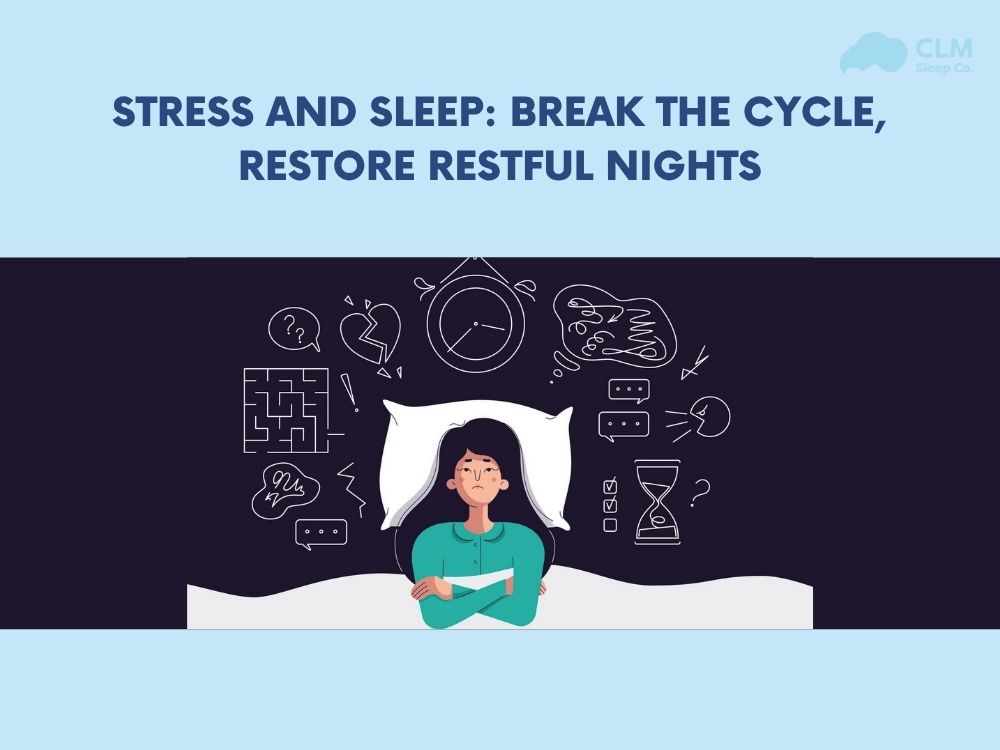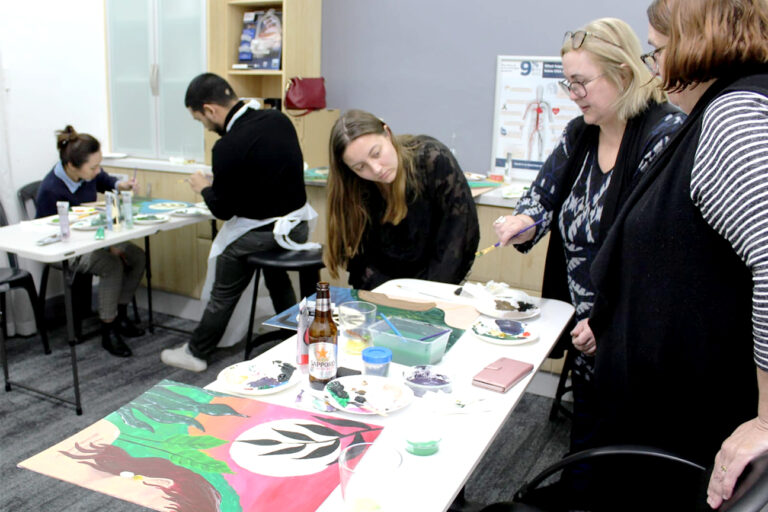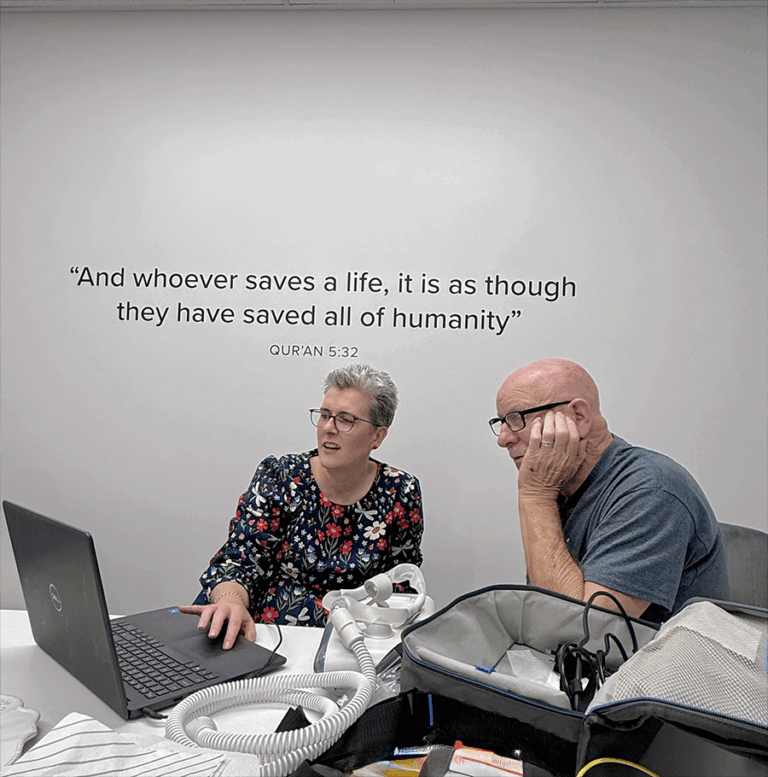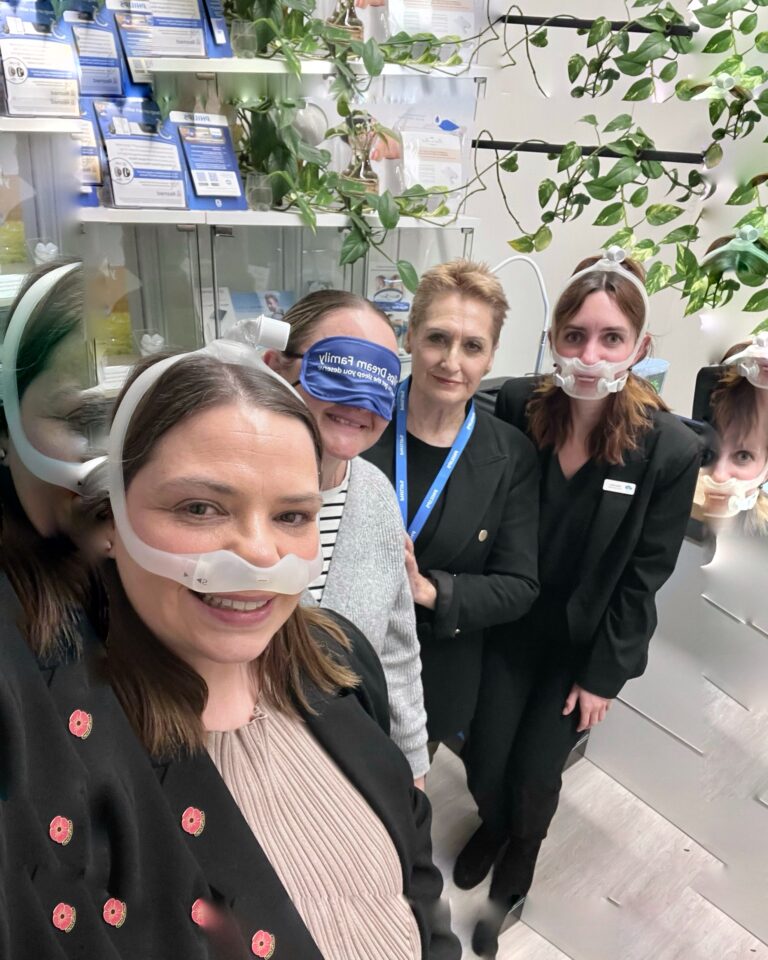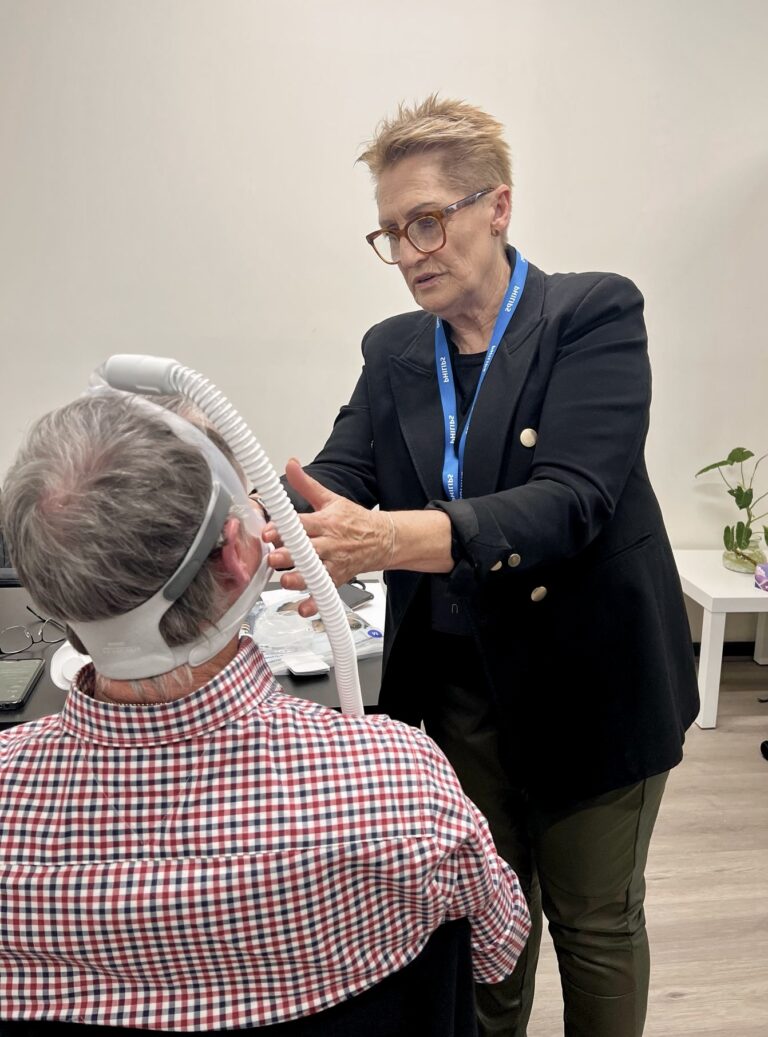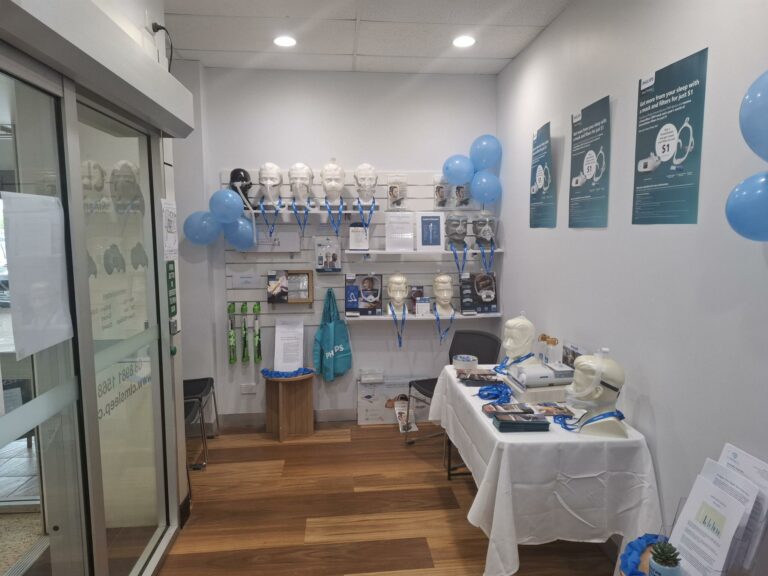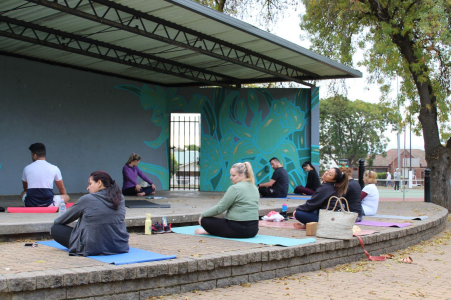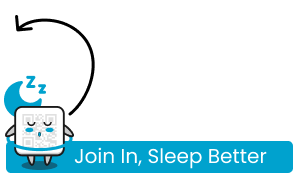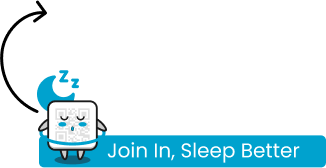Sleep studies play an important role in diagnosing sleep-related disorders, particularly conditions like obstructive sleep apnea. However, not all sleep studies are the same. There are several levels of sleep studies, ranging from simple to complex. Understanding these levels ensures that each individual receives the most appropriate and effective testing method. In this article, CLM Sleep will help you understand the differences between Level 1, 2, 3, and 4 sleep studies.
What Are Sleep Studies?
Sleep study (polysomnography) is comprehensive diagnostic tests conducted during sleep to monitor and analyze various sleep parameters. This study detects sleep disorders such as sleep apnea, insomnia, and restless legs syndrome, among many other conditions. By recording data on brain waves, heart rate, oxygen levels, breathing patterns, and muscle activity to help doctors understand the causes of sleep disorders and develop effective treatment plans.
Accurately diagnosing the type of sleep disorder will help you obtain the appropriate treatment direction. This will allow you to manage and easily eliminate the symptoms you are experiencing. From there, it ensures the quality of sleep and improves overall health. In addition, it reduces the risk of leading to other serious health issues such as high blood pressure, heart disease, depression, and diabetes.
See more: Identifying Sleep Apnea Symptoms
Why Understanding Levels of Sleep Studies Is Important
Understanding the different levels of sleep studies helps ensure that each individual is diagnosed using the method most appropriate for their condition. These levels differ in terms of complexity, testing environment, and the type of data collected. So the choice of test should be based on specific health needs. Understanding these differences not only helps patients and doctors select the most suitable method, but also ensures a more accurate and effective diagnosis.
Not everyone needs to undergo the highest level of sleep study. Someone with mild symptoms and low risk may only need a simple home-based device (Level 3 or 4), while someone with complex medical conditions may require a full evaluation in a sleep laboratory (Level 1 or 2). Understanding the levels allows for personalized diagnostics and helps avoid unnecessary time and cost.
See more: AHI- Measures the severity of sleep apnea.
Overview of how levels vary based on complexity.
The levels of sleep studies are classified based on the level of detail in data collection, number of sensors, testing environment, and the ability to analyze brain waves or sleep stages. Level 1 is the most comprehensive, conducted in a sleep laboratory with numerous sensors; Level 2 collects almost as much data as Level 1 but is performed at home; Level 3 is simpler, focusing only on respiratory parameters; and Level 4 is the most minimal, monitoring only heart rate and oxygen levels for initial screening.
Overview of the Different Levels
When diagnosing sleep disorders, there are different levels of studies designed to suit various needs and health conditions. Generally, these studies are divided into two main types: in-lab sleep study and home sleep test, with levels ranging from 1 to 4.
Sleep study Level 1 (In-lab Polysomnography)
Level 1 sleep study, also known as In-lab Polysomnography is conducted in a sleep laboratory with continuous overnight supervision. It provides a comprehensive assessment of complex or severe sleep disorders, such as obstructive or central sleep apnea, sleep-related movement disorders, and narcolepsy. This type of study also records sleep stages, allowing for a thorough evaluation of sleep architecture and overall sleep quality. It is especially suitable for individuals with complex symptoms or when home-based sleep tests fail to provide sufficient data for an accurate diagnosis.
Measurements:
- Brain waves (EEG)
- Eye movements (EOG)
- Muscle activity (EMG),
- Heart rate (ECG),
- Oxygen levels (SpO₂), airflow,
- Respiratory effort
- Leg movements.
Sensors: 15–20 sensors.
Sensor Placement: Scalp, face, chest, abdomen, legs, and fingers.
Sleep study Level 2 (Home-based full PSG)
Level 2 sleep study uses a measurement method similar to Level 1 but is performed at home instead of in a sleep laboratory. It provides detailed and reliable data for diagnosing sleep apnea and related respiratory disorders with a high level of accuracy. This is an ideal option for individuals suspected of having moderate to severe sleep apnea who prefer the convenience and comfort of home-based testing. However, Level 2 sleep studies are not common and are rarely performed in Australia. This type of study is quite complex and carries a high risk of inaccurate results without supervision from a sleep specialist. Additionally, it is costly and not covered by Medicare.
Measurements: Similar to Level 1 – EEG, EOG, EMG, ECG, airflow, respiratory effort, oxygen saturation.
Sensors: 10–15 sensors.
Sensor Placement: Head, chest, abdomen, and fingers.
Sleep study Level 3 (Limited Channel Home Sleep Test)
Level 3 sleep study primarily evaluates breathing patterns during sleep to identify sleep-related respiratory disorders, especially obstructive sleep apnea (OSA). This study is best suited for adults at high risk of OSA who do not have serious comorbidities.
Measurements: Airflow, respiratory effort, oxygen saturation, heart rate.
Sensors: 4–7 sensors.
Sensor Placement: Nose, chest/abdomen belts, and fingers.
Sleep study Level 4 (Basic Screening Tests)
Sleep study Level 4 uses simple equipment to collect basic data and is primarily intended for initial screening to identify individuals at risk of sleep apnea. It is important to note that this type of study is not used for official diagnosis.
Measurements: Typically oxygen saturation and heart rate only.
Sensors: 1–2 sensors.
Sensor Placement: Usually on the finger (pulse oximeter).
Conclusion
Choosing the right level of sleep study is essential to achieving an accurate diagnosis and effective treatment plan. By understanding how each level differs in complexity, data collection, and testing environment, patients and healthcare providers can work together to select the most appropriate approach. Whether you require a full in-lab assessment or a simpler at-home screening, the key is to match the test to your specific health needs. If you’re experiencing sleep-related symptoms, speak with a qualified sleep specialist to determine which level of study is right for you.
